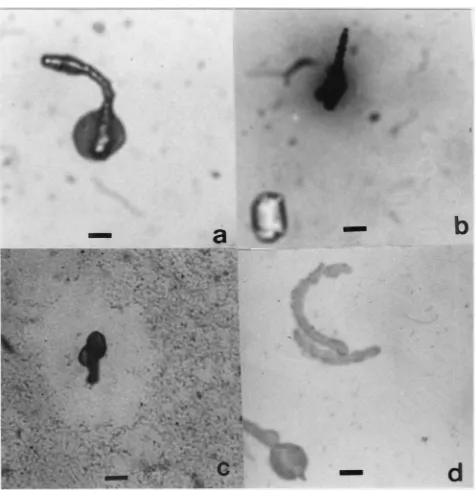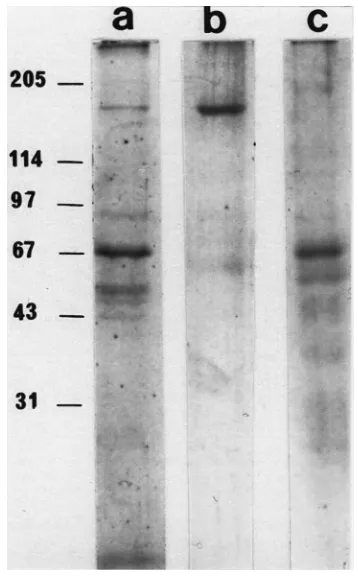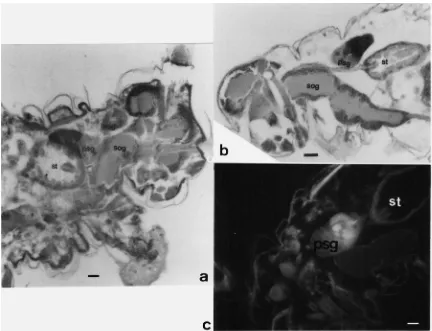Directory UMM :Journals:Journal of Insect Physiology:Vol46.Issue8.Aug2000:
Teks penuh
Gambar




Dokumen terkait
While the ants were anaesthetised they exhibited a similar discontinuous gas exchange cycle to that observed when they were voluntarily motionless, but their spiracles remained open
Validation of the enriched 15 N isotope dilution technique and the 15 N natural abundance method for studying symbiotic N 2 ®xation in permanent grassland using various
To monitor toxicity during bioremediation, changes in soil dehydrogenase activity and eects of soil methanol extracts on the growth of a common soil bacterium Bacillus megaterium
These subjects include earthworm systematics and biogeography, the demography of earthworm populations and communities, the role of earthworms in nutrient cycling, organic matter
Probability values summarizing the in¯uences of tillage, depth, date, and label origin (shoot versus root) on the isotopic composition d 13 C), carbon contained in (mg C g
We investigated and measured the role of dierent food sources on enzyme activities in the casts, as well as the rates of food consumption and cast production by the earthworms..
This method allows us to determine the mass loss and the age of in situ conifer litter, and to build a predictive model of decomposition with time, using direct observations from
In the case of Cubitermes orthognathus , the components of chemically identical synthetic humic acids (HA), labeled either in their proteinaceous or aromatic building blocks,